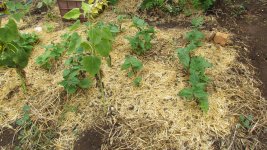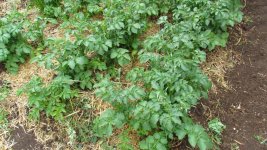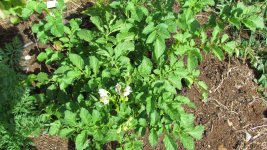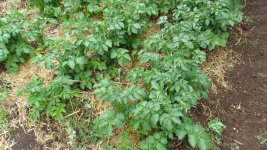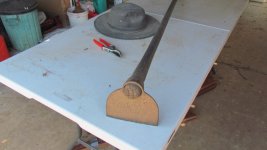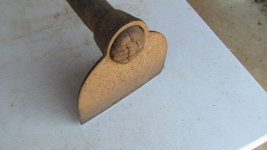Potatoes (spuds) are a staple food of many countries including Australia. Basically, everybody eats them either as mashed spuds or chips, baked, roasted, barbequed and in/on soups and stews.
Beans are underestimated here and probably not eaten enough. As soon as my crop of beans start producing, I drop all other greens in favor of freshly picked green and purple beans.
I will drop a few hints on how to grow these crops in the coming entries.
Beans are underestimated here and probably not eaten enough. As soon as my crop of beans start producing, I drop all other greens in favor of freshly picked green and purple beans.
I will drop a few hints on how to grow these crops in the coming entries.


